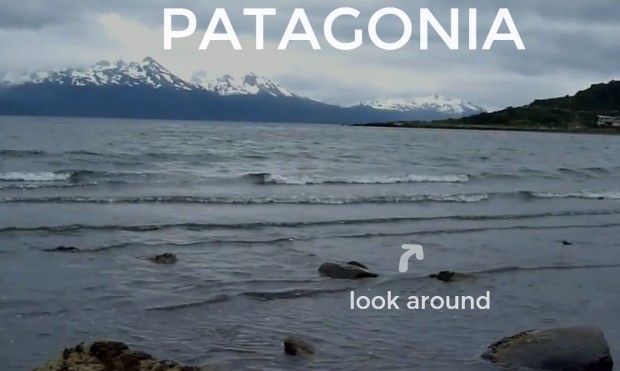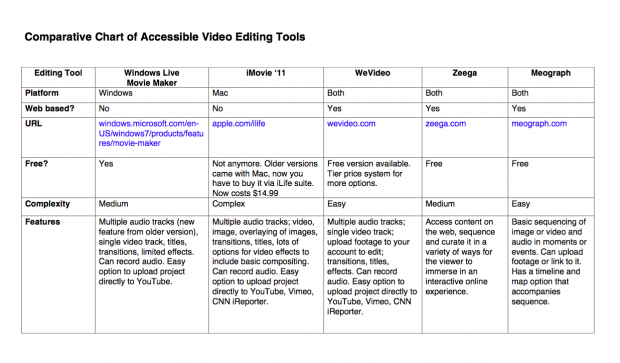
Paul Salopek and Ahmed Kabil
Writing will always be important, but weaving text, images, sound, and presentation together can give students more and different ways to express themselves. Easy-to-use online tools allow students the opportunity to create multimedia projects that demonstrate knowledge and develop useful skills. Check out these new three tools on the scene.
MEOGRAPH
Launched less than a year ago, Meograph lets users create professional-looking multimedia presentations using video, audio, images, text, timelines, maps, and links.
Users create Meograph "moments" by uploading photos, videos, text and add voice narration to accompany the visuals. The moments can also be tagged with location, date, and time. Once all the moments have been collected, they can be shared through social media sites or embedded into websites.
First used by news outlets to tell stories using multimedia, Meograph is now being leveraged by teachers and students, too. The company is now offering tools specifically requested by teachers, with paid license fees. The one-year licenses, which cost $19.99, $29.99 and $39.99, are offered at three levels with different features, including the ability to add sub-accounts under the teacher’s name to protect student privacy. With the sub-account feature, students under the age of 13 can sign up.


